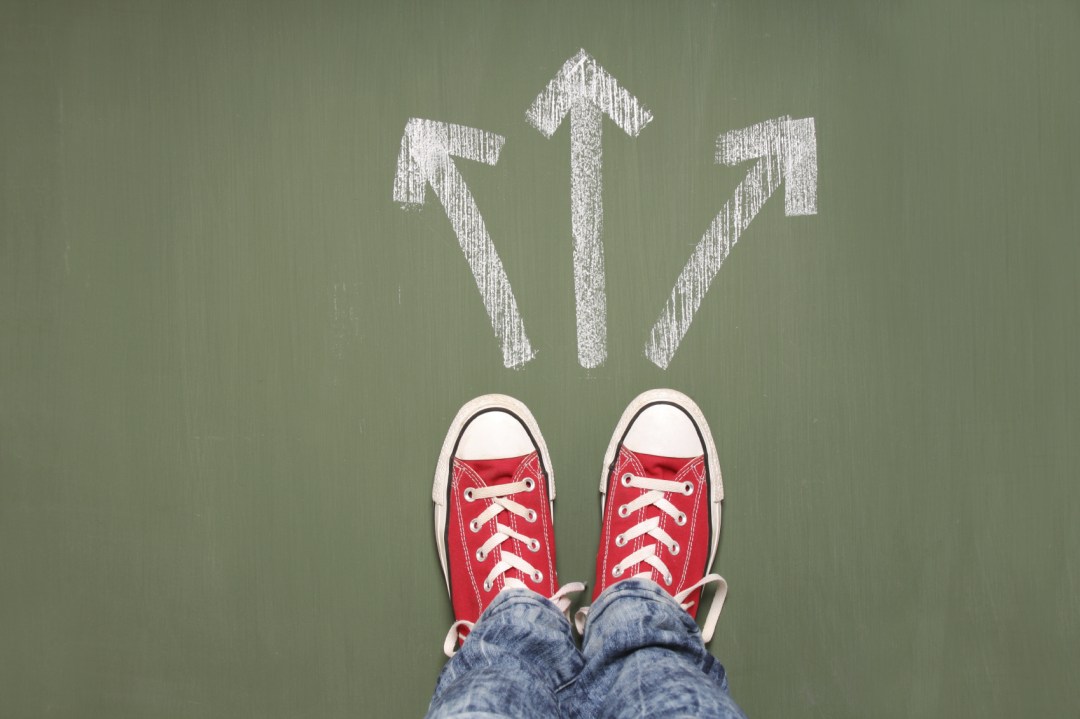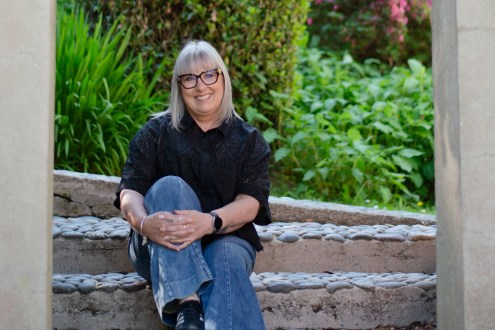The five most common misconceptions about decision-making
Decisions give us power, about how we live our lives and even about the sort of people we are. Yet many of us find decision making difficult or scary. Much of this negativity is due to misunderstandings about how we make decisions. Robbie Steinhouse outlines five of the most common misconceptions

MISCONCEPTION ONE: Decisiveness is a trait, which you either have or haven’t got.
We often admire people as being ‘decisive’, and also often bemoan the lack of this trait in ourselves. But good decision-making is not a trait like height or eye colour, but a skill that can be learnt. As with all skills, it’s a mixture of understanding the basics, then learning by practise – which can mean things going wrong, but as long as we learn from the mistakes, that’s fine.
MISCONCEPTION TWO: Decisive people decide quickly.
Sometimes a decision has to be made quickly, in which case, yes, get deciding! But most big decisions need to take time. You have to gather information, think of options, come to a decision that feels right, then put it into practise. Rushing this four-step process is almost always a mistake. Note that with important decisions, you usually have more time than you think. Other people may want a decision yesterday, but that’s their agenda; you can buy time.
MISCONCEPTION THREE: A good decision is one that is set in stone.
In a fast-changing world, new information often appears once a decision has been taken and action has started. The best decisions leave a little ‘wiggle-room’ for adapting to changing circumstances and making what turns out to be a better decision. There is a real art in knowing exactly how much such room to leave – again, experience will teach you what works for you.
MISCONCEPTION FOUR: Always trust your instinct.
No decision is a really good one without a final wholehearted buy-in from your emotions and your ‘gut feel’. But on the way to this, heart and gut sometimes need to be overridden, or at least told to back off. The obvious example is when faced by instant gratification: I must have that cream cake! Reason needs to step in here. We are also ‘hard-wired’ for what psychologists call loss aversion: we worry too much about what might go wrong, even if such an event is unlikely. As with the cream cake, reason has to step in and point this out.
MISCONCEPTION FIVE: Decisions are for the powerful, not me.
It’s easy to feel helpless and disempowered in the modern world, and conclude that ‘someone else’ is making all the decisions. But we can use decision-making to get our power back. Start with the most simple ones and build up. The better you become at this skill, the more you realise that you can exercise it in ever more areas of your life. The art of decision making is closely aligned to the art of personal leadership: have a vision of something truly worthwhile then take the appropriate steps to make that vision a reality.
Robbie Steinhouse’s Making Effective Decisions (ebook, £4.99, Pearson Education) is out now. Robbie is the founder of nlpschool.com and author of Brilliant Decision Making, Think Like An Entrepreneur and How To Coach With NLP. His new decision-making app DecisionNow is also now available on iTunes.
Photograph: iStock









